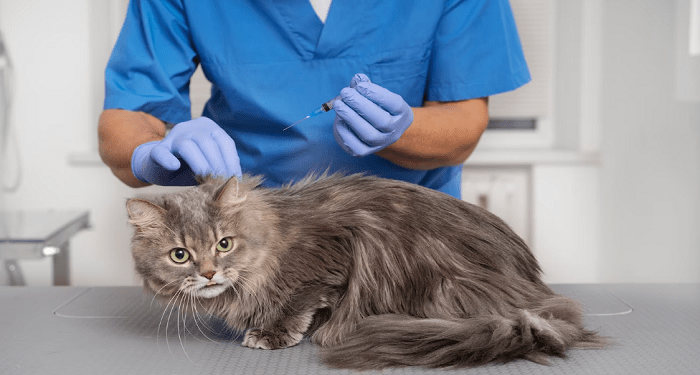A cat’s tail is part of its spine, consisting of muscles, bones, and nerves. Besides serving as a means of communication for emotions such as irritation, anxiety, and happiness, the tail is crucial in maintaining the cat’s balance.
Hence, it’s essential to be aware of any indications of injuries to your feline’s tail. However, it’s important to note that seeking advice from a veterinarian is always recommended if you suspect your cat’s tail is damaged, fractured, or infected.
At the same time, consider being prepared with pet insurance for cats so that dealing with health emergencies like this and many others is much easier. The best pet insurance covers a frisky feline’s health comprehensively, which is why you must contemplate purchasing a policy.
Meanwhile, read this article to learn some feline tail injury examples and how you can aid your feline in recovering from them.
- Bone fractures and dislocations can occur in the tail bones, similar to the rest of the body. Such injuries can be caused by accidents like falling, getting hit by a car, or having the tail slammed in a door. The severity of the injury, however, depends on the location of the fracture, with those closest to the base of the tail potentially causing nerve damage. If you suspect that your four paws’ tail is injured, it is important to take them to the vet as soon as possible for a thorough exam and appropriate treatment.
- Abrasions, bites, wounds, and lacerations are common tail injuries in feline fur babies. Abrasions can result from the tail scraping against a rough surface or becoming trapped. Minor abrasions can be treated at home with gentle cleaning, but inflammation, bleeding, and color changes require veterinary attention. Bites and wounds should be closely monitored for signs of infection, and lacerations that expose muscle and bone may need stitches.
- Nerve damage can occur if the tail is pulled harshly or if a fracture occurs close to the base. Symptoms include a limp tail or inability to move the tail, and urinary and bowel incontinence can also be expected.
- Skin infections can result from other injuries or allergies, and self-inflicted wounds may be caused by stress or medical conditions. It is important to consult with your veterinarian for proper diagnosis and treatment of any type of injury, including that of a tail.
While it’s helpful to know about tail injuries, it’s important not to attempt to treat them at home. If you observe any symptoms or signs of injury, it’s crucial to seek a feline expert’s assistance. The vet can determine the cause of your cat’s discomfort and provide appropriate treatment to promote faster healing of your furry precious’ tail.
Don’t hesitate to consult with your vet if you notice any issues with your cat’s tail. Simultaneously consider being prepared with pet insurance for cats so you can focus on your furry pet’s treatment rather than on the finances involved during distressing health situations and medical emergencies.
The best pet insurance covers a munchkin for broader-ranging health conditions, which is why you must contemplate purchasing a policy.












